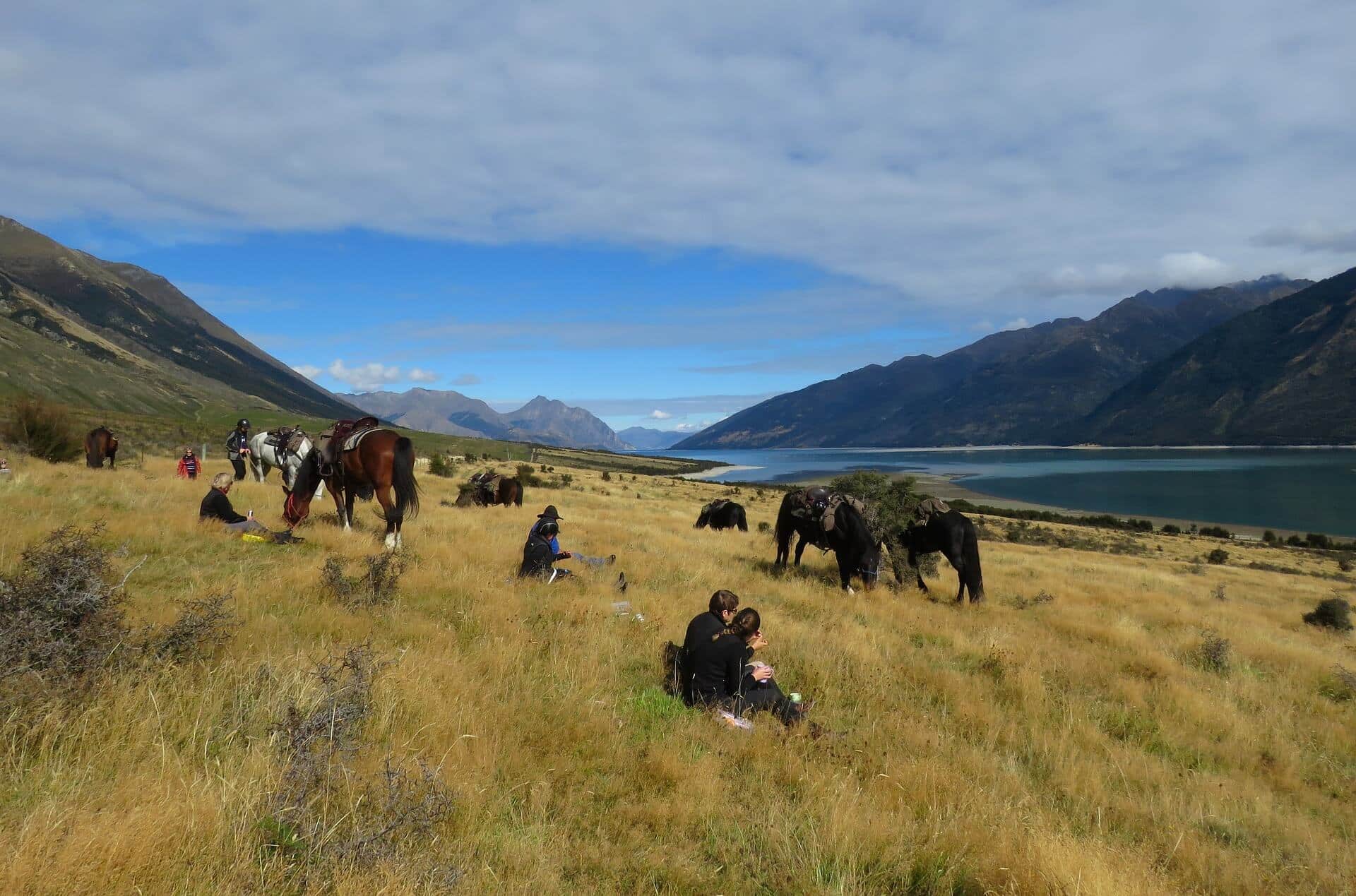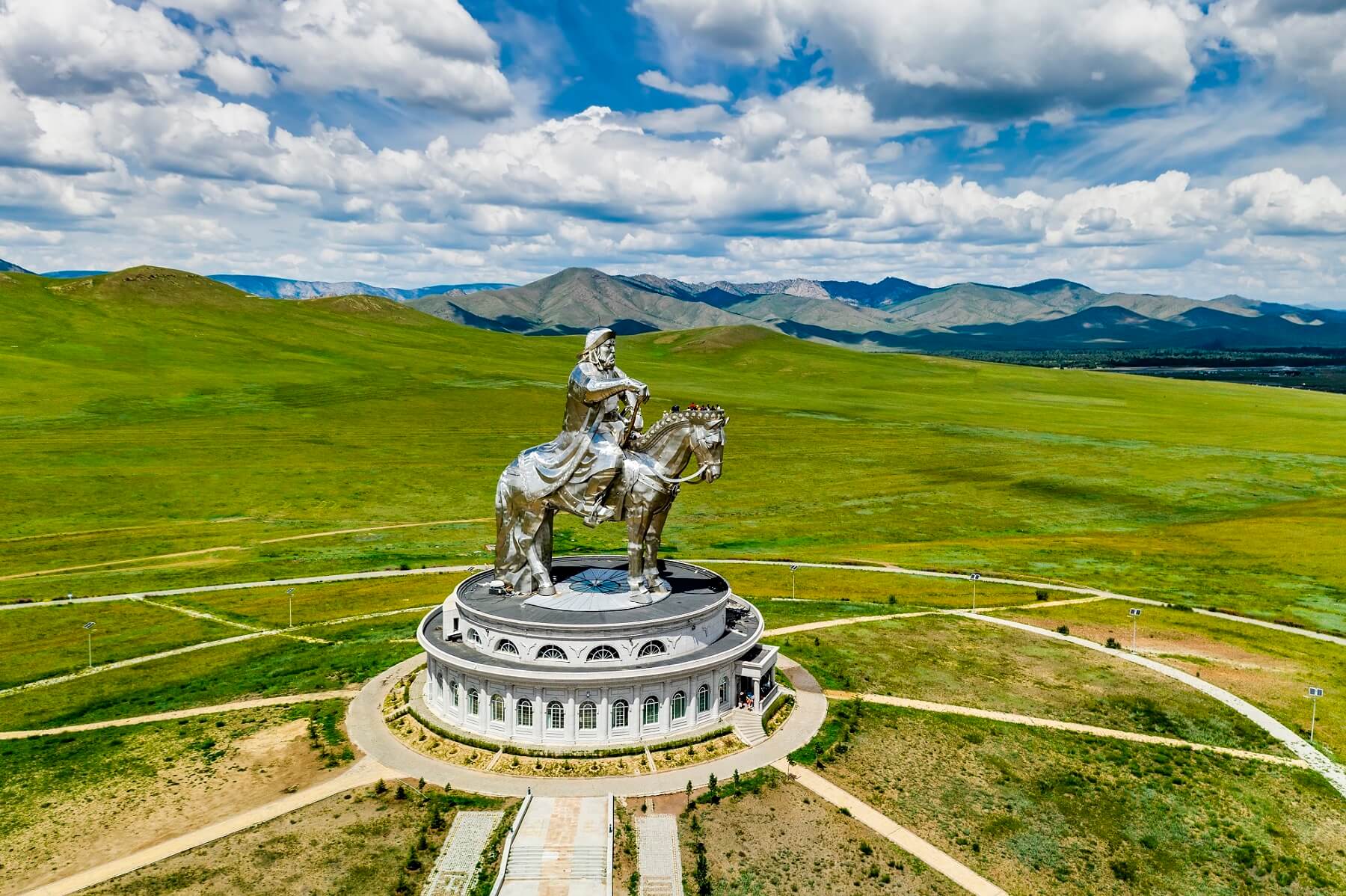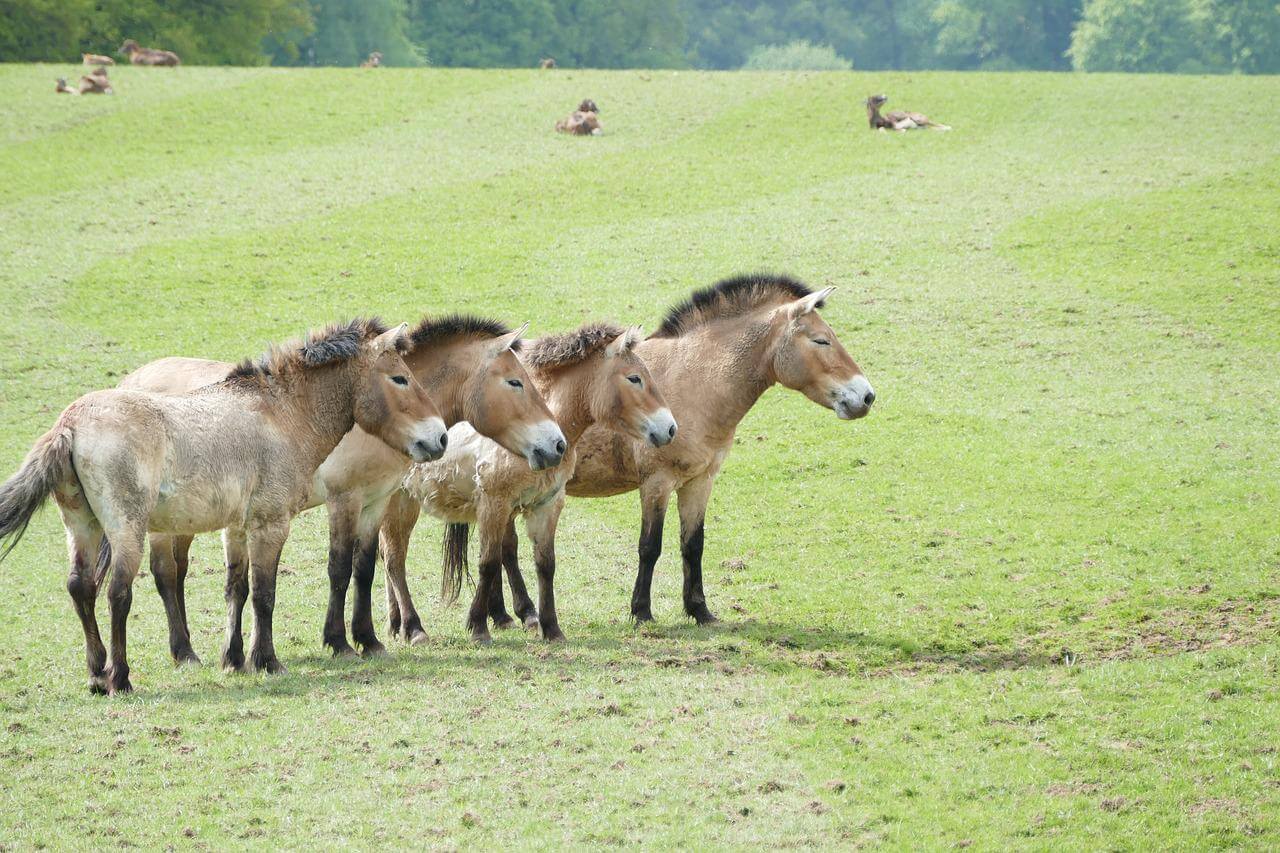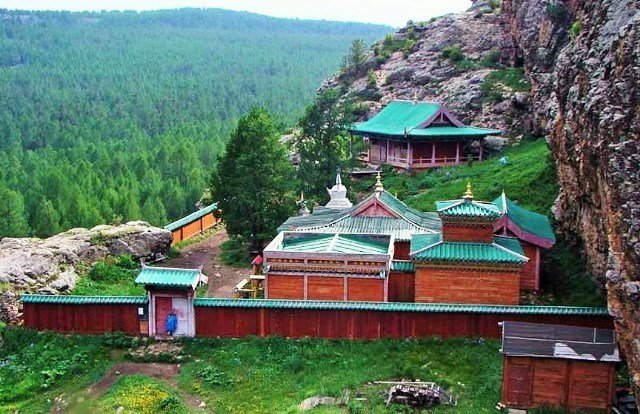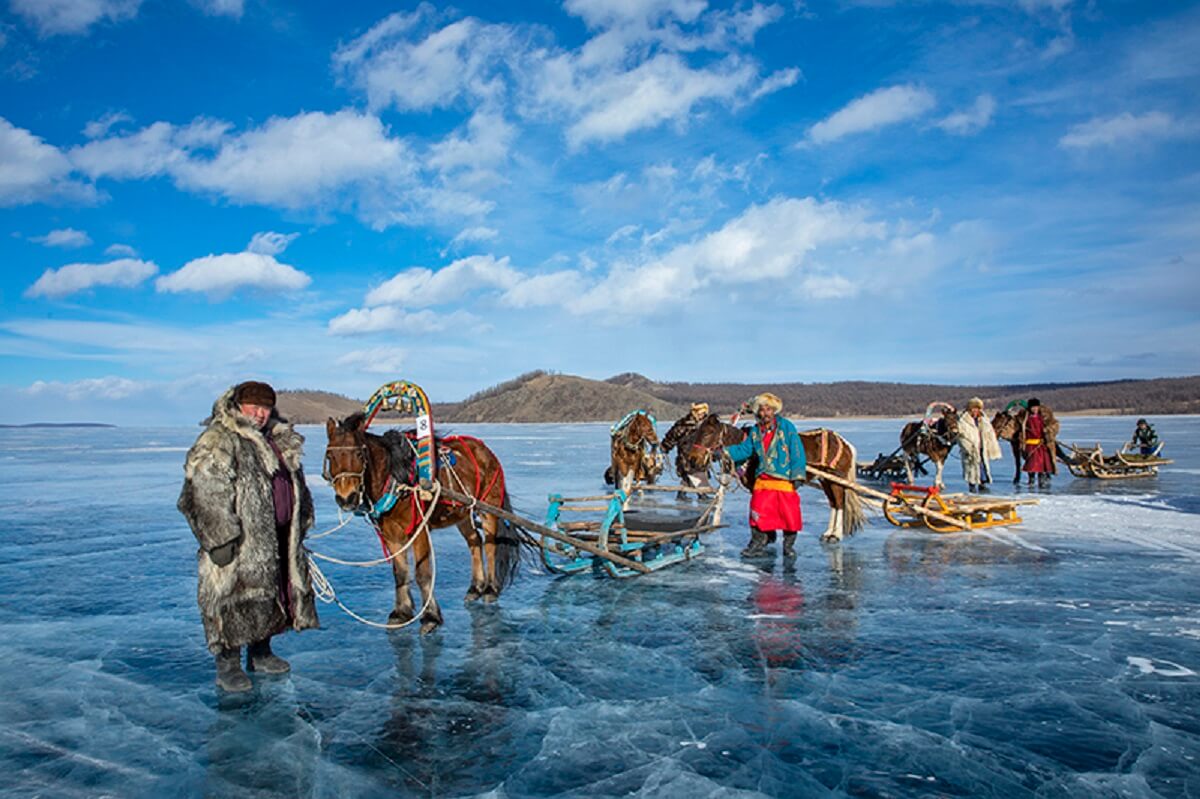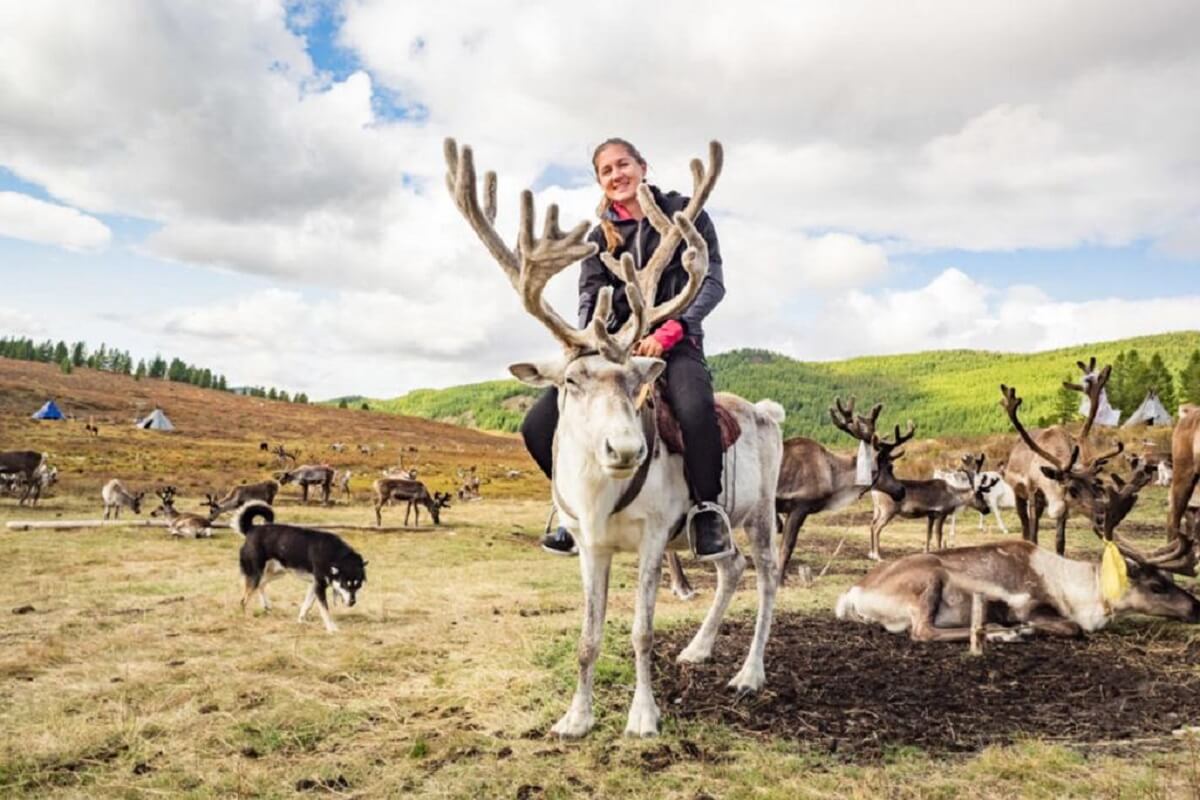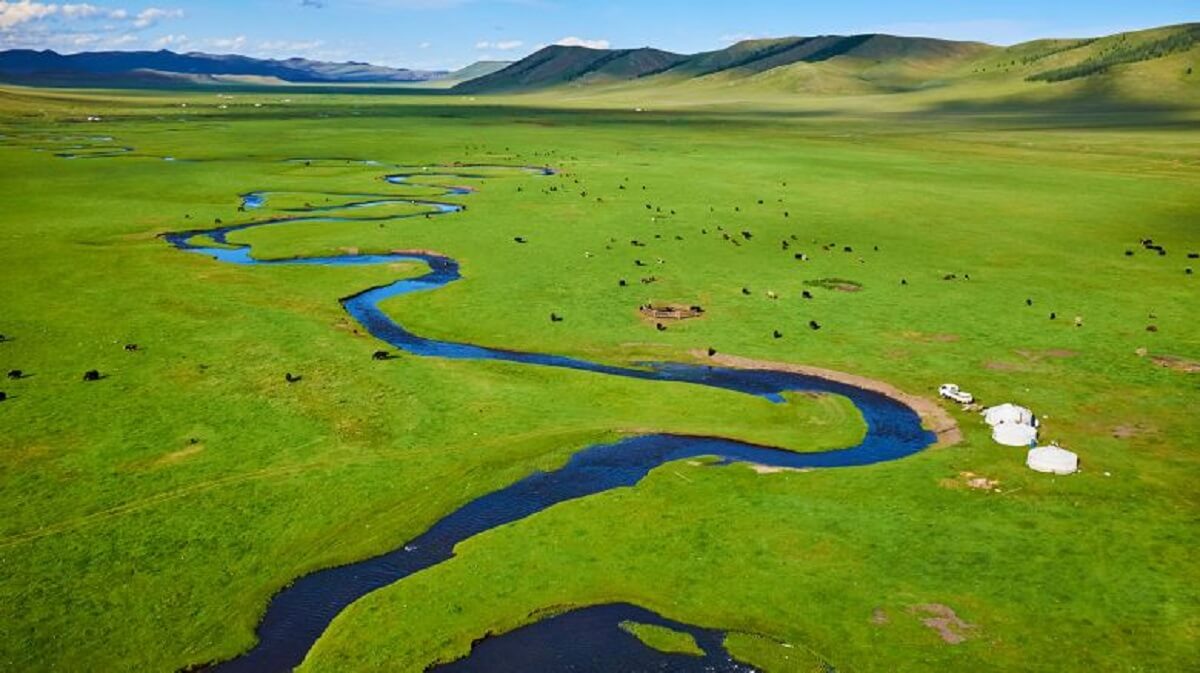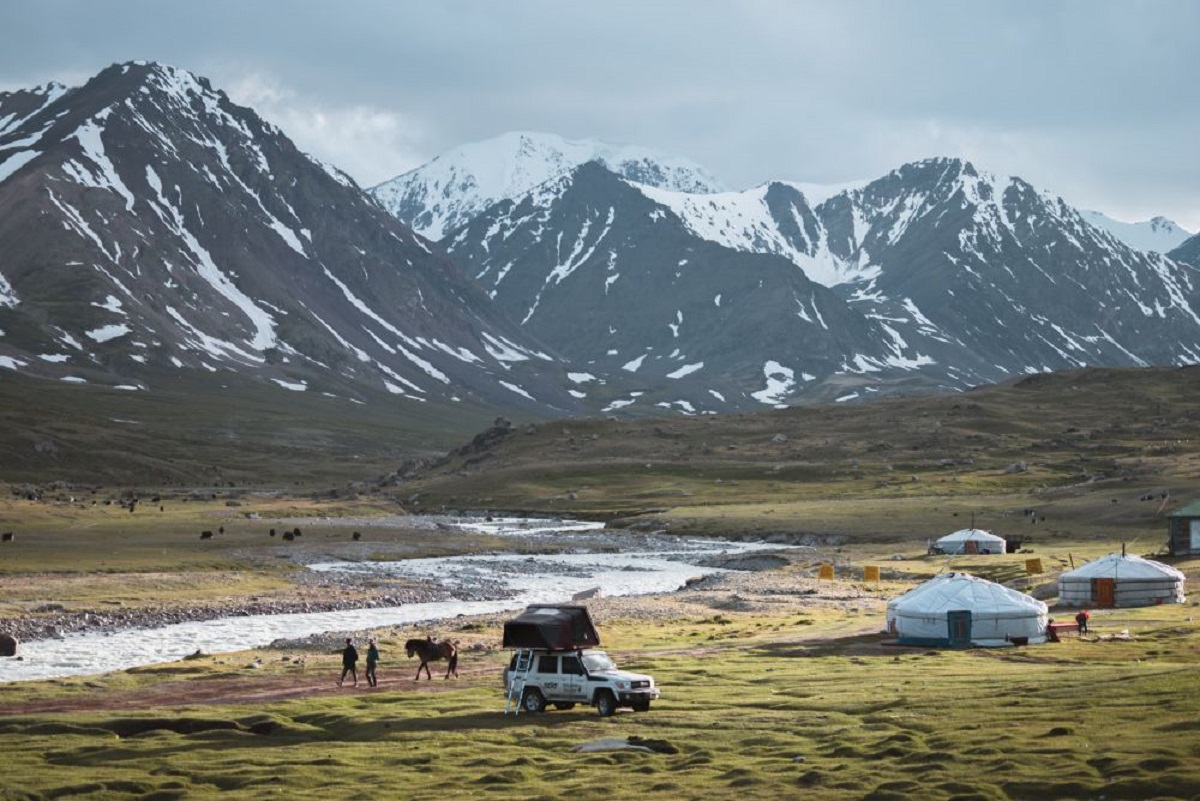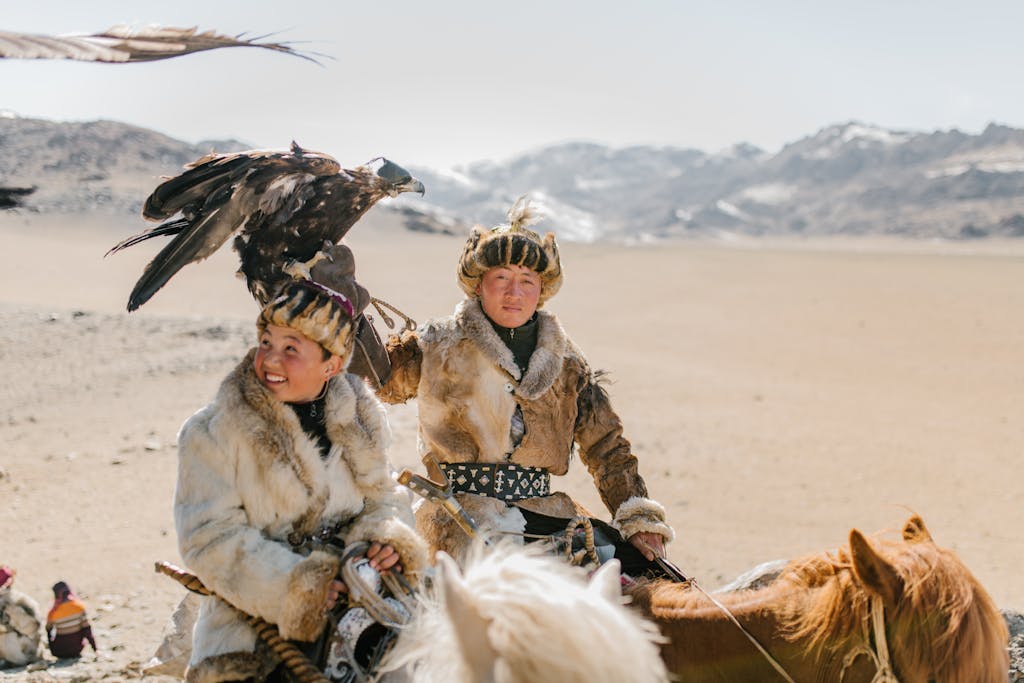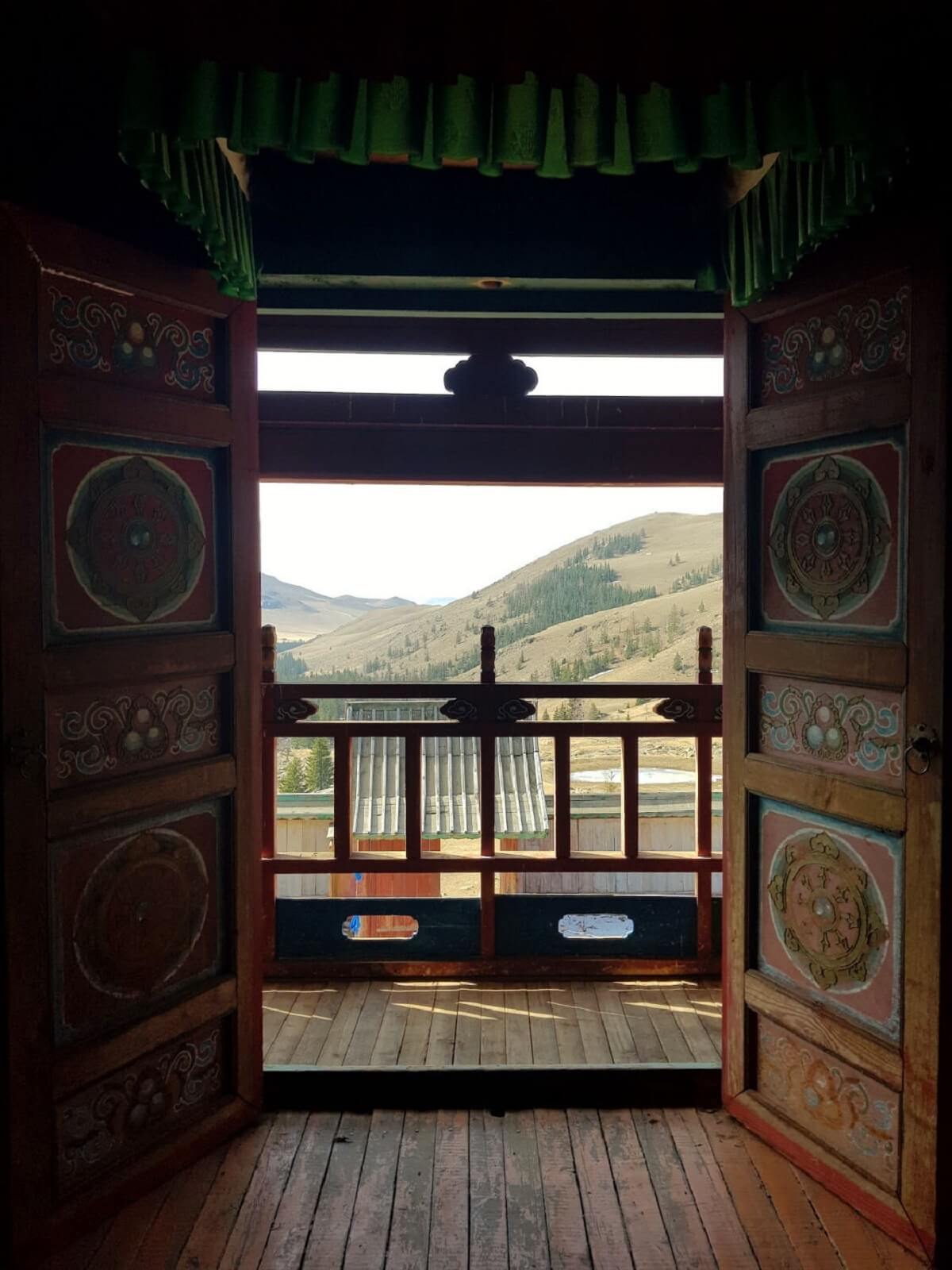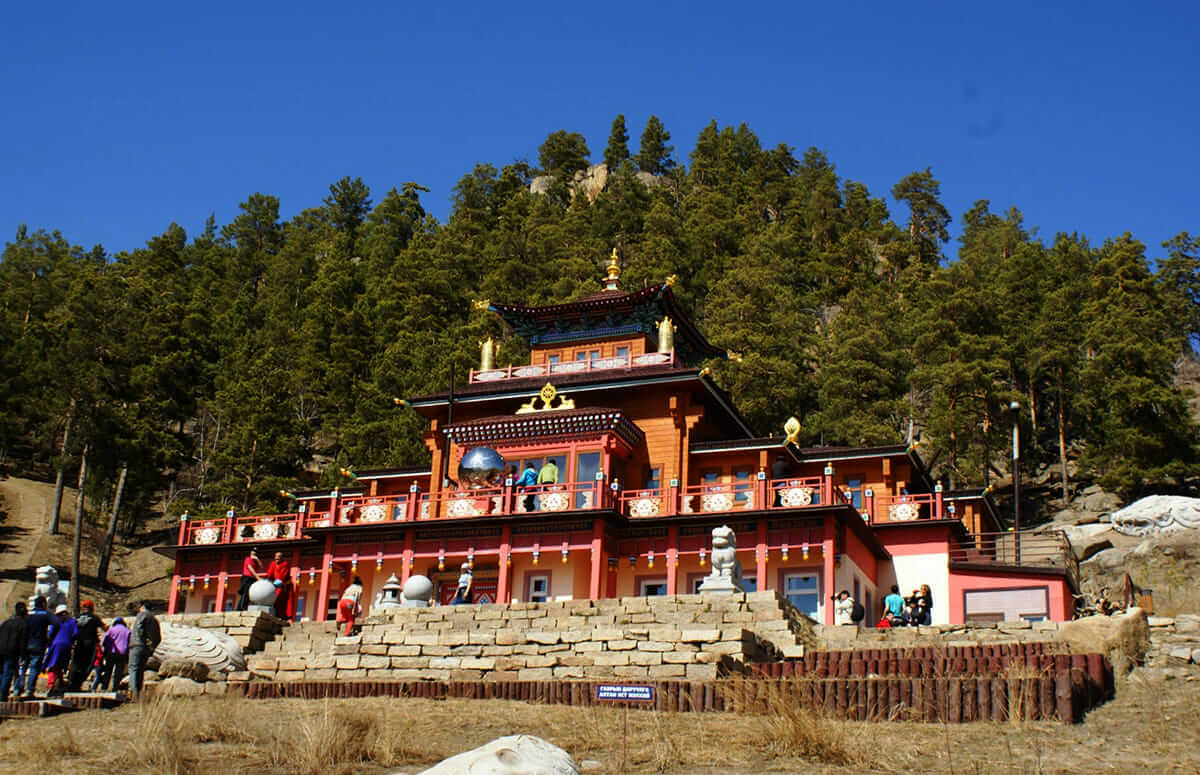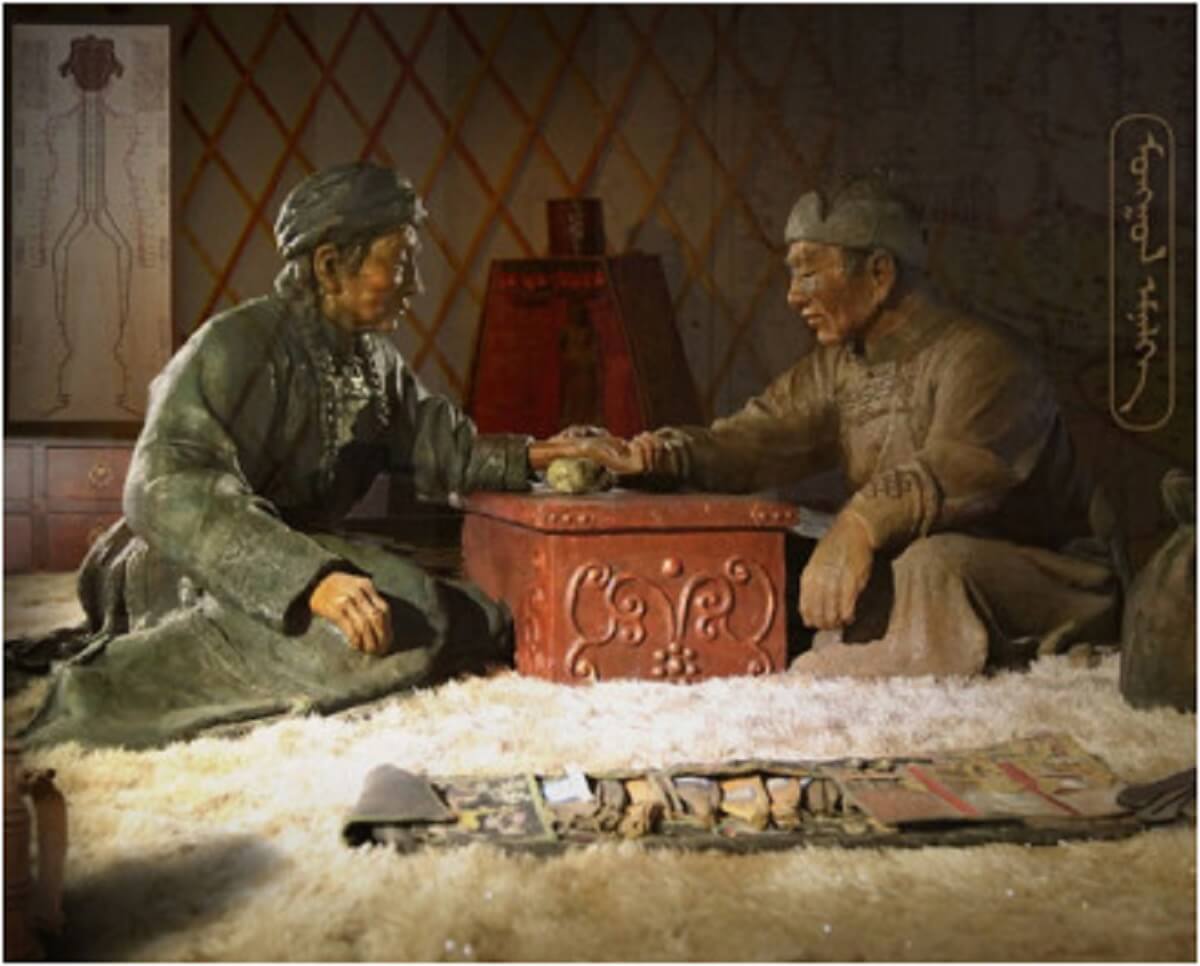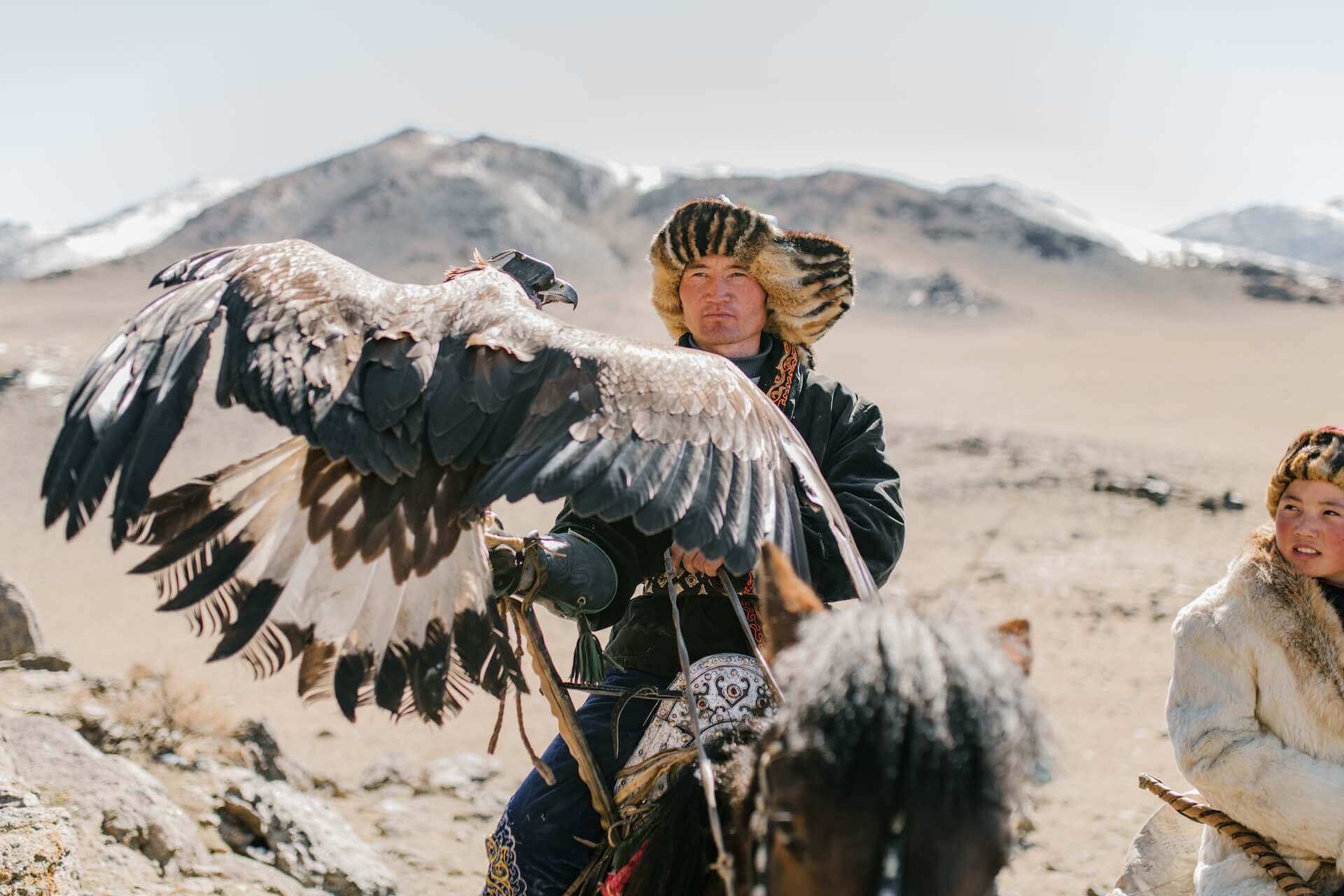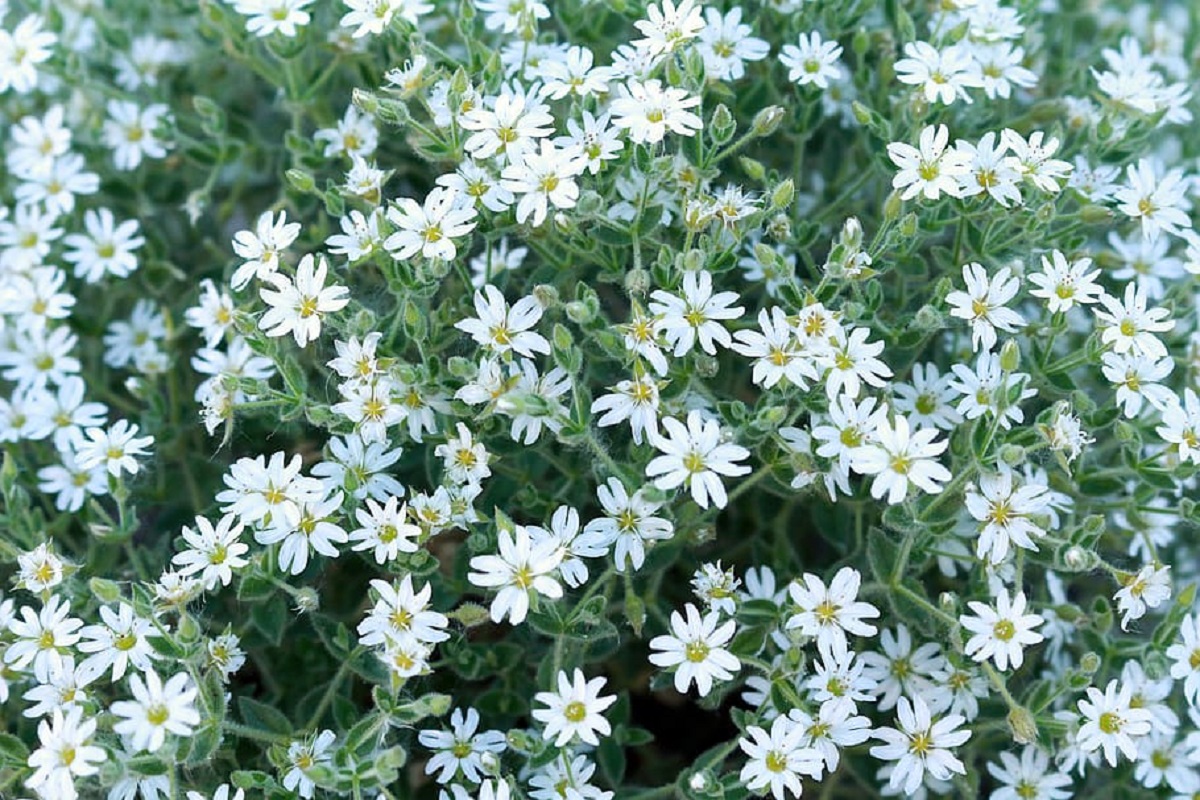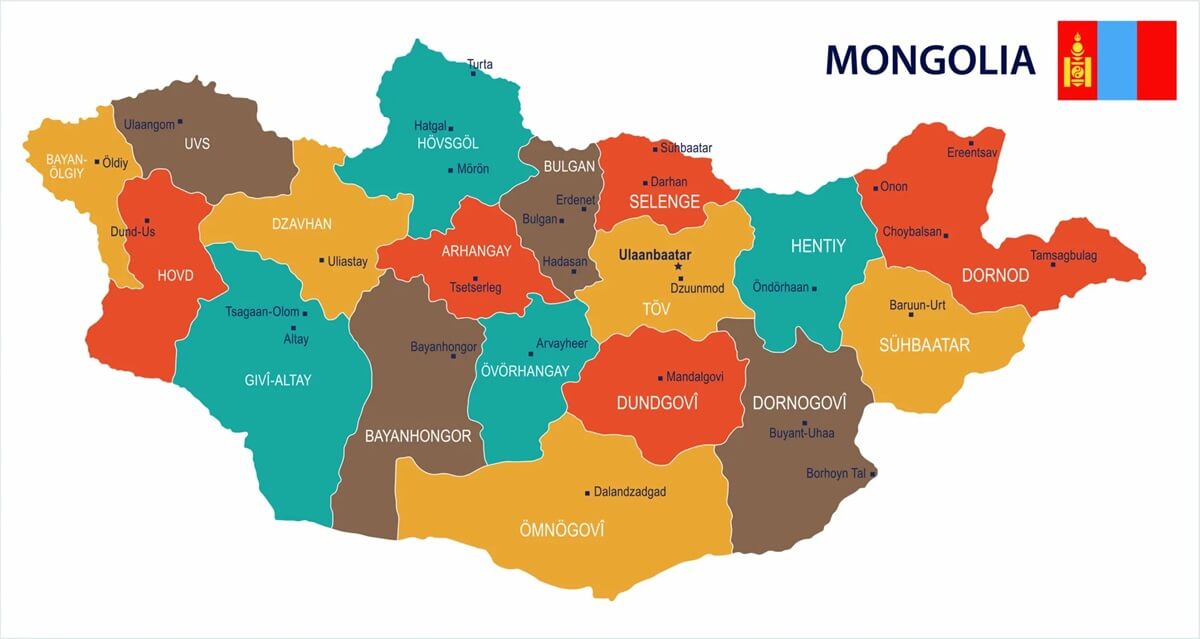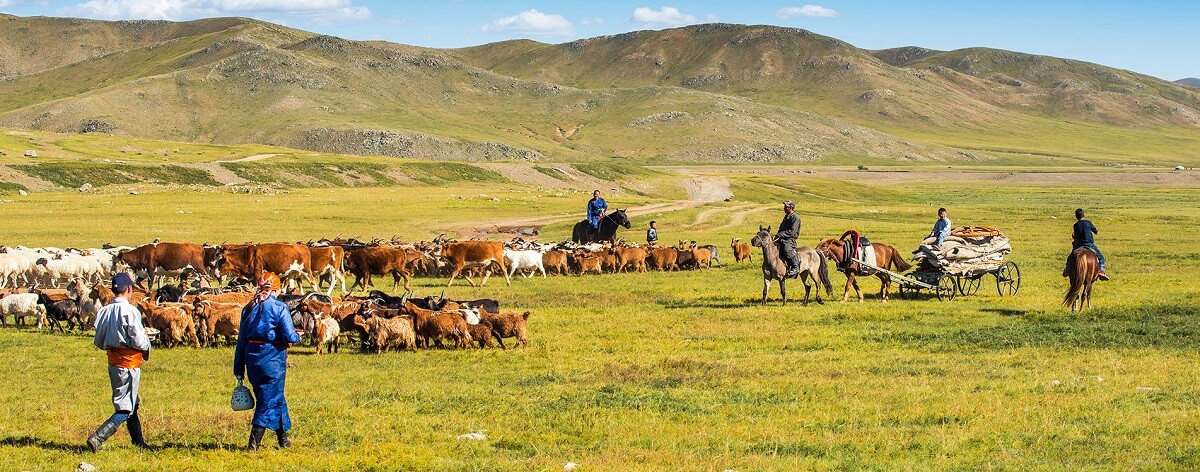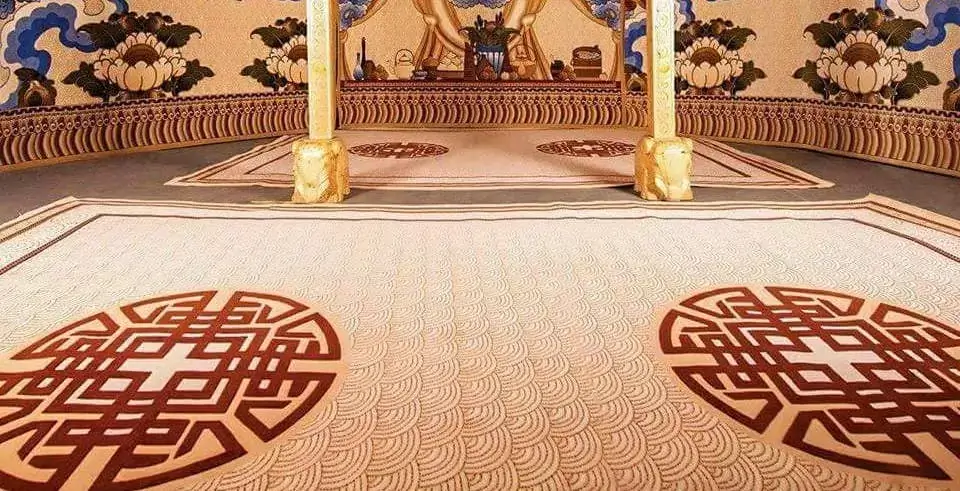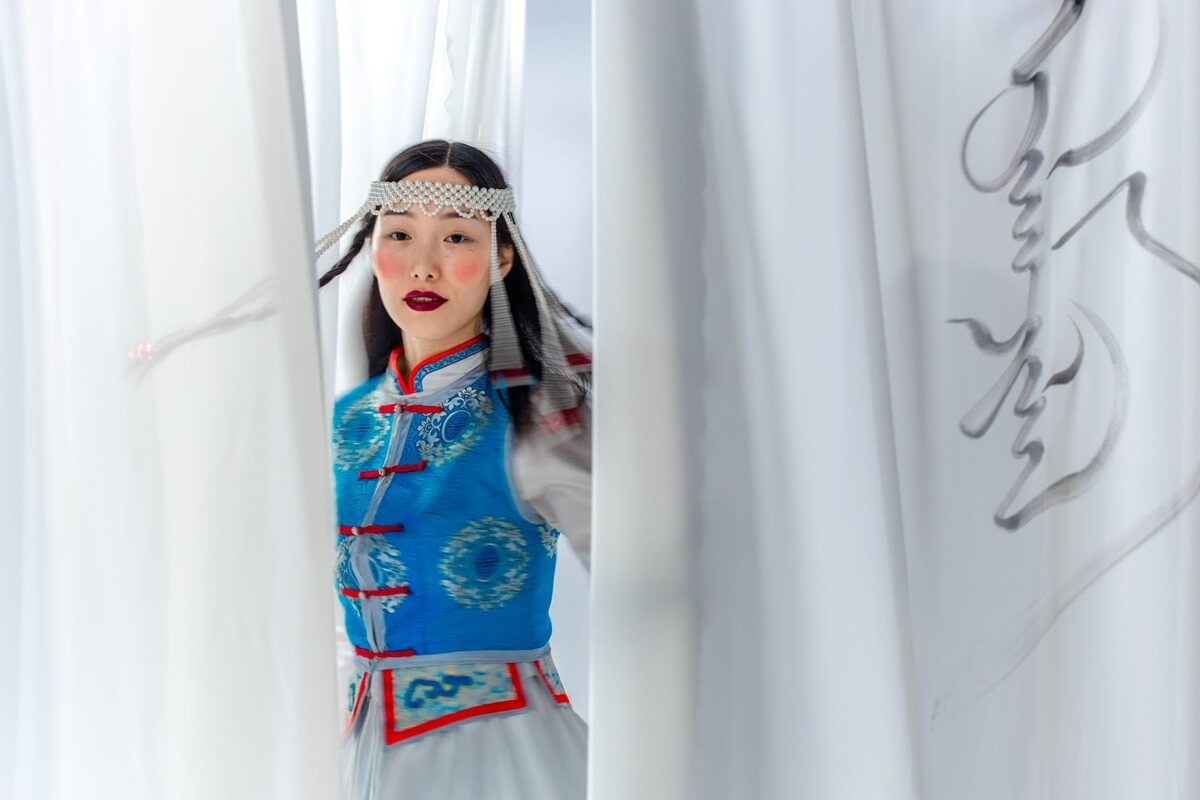When you hear the word yurta yurt, what comes to mind? For many, it’s the classic round Mongolian structure with a smoke hole in the center and felt covered walls. But yurts—especially the yurta—have come a long way from their humble beginnings in the vast steppes of Central Asia.
Today’s yurts combine the simpleness of nomadic life with the functionality and modern materials of modern living, expanding how far yurts reach into contemporary design .
Modern adaptations, especially in North America, may be designed with specific features, including how the poles are arranged, to suit local climates and uses which can make them less portable compared to traditional structures.
Whether you’re looking at yoga studios in the U.S. or handcrafted yurts in the heart of Mongolia, these unique dwellings are capturing hearts and imaginations around the world.
Let’s get into the structure, beauty and enduring charm of the yurta yurt, a home like no other.

What is a Yurt
Yurts have been a part of traditional nomadic cultures in Central Asia, particularly in Mongolia, for thousands of years.
These portable, round dwellings are cleverly constructed from a lattice of flexible poles covered in felt or other fabric, a sturdy and reliable shelter against the elements. The word “yurt” is derived from the Old Turkic word “ur”, meaning “dwelling” or “home.”
In modern times, yurts have gone beyond their historical roots to become popular worldwide, loved for their unique looks, practicality and eco-friendliness.
Whether as a traditional dwelling, a mountain retreat or a yoga studio, yurts offer a unique and adaptable space that can be tailored to any need and environment.
Their design, with a conical roof and felt covered walls, makes them warm in cold climates and cool in dry summers, making them a versatile choice for many.
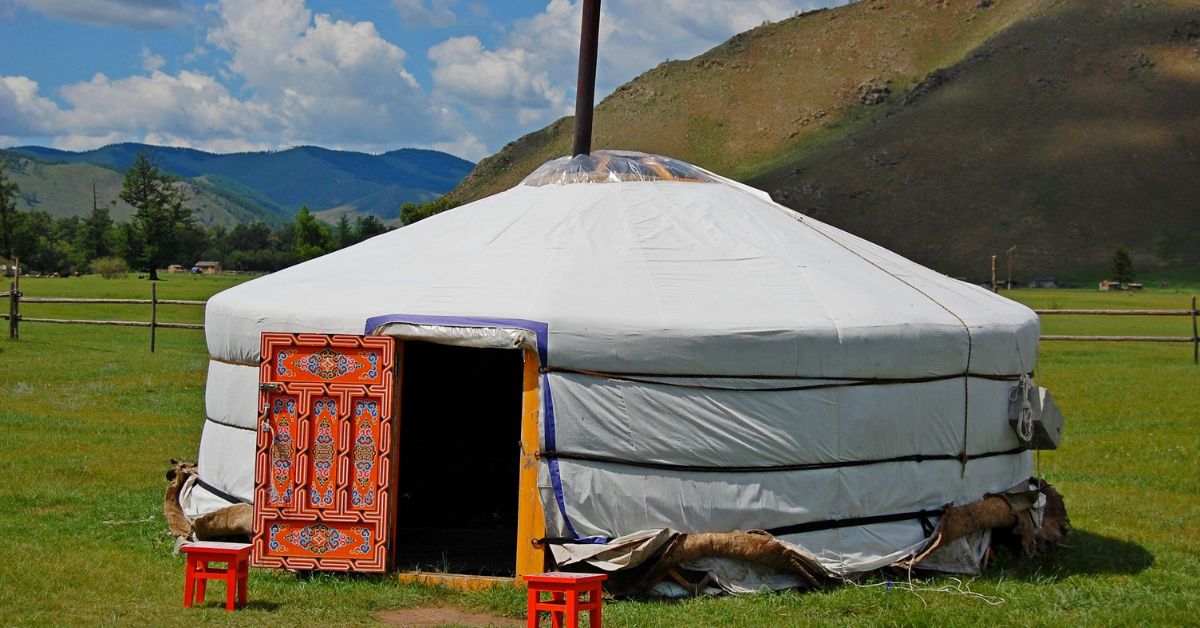
The Yurta Yurt:
More Than Just a TentThe word yurt comes from the Turkic languages and has evolved into different forms: ger in Mongolia, yurta in Europe and parts of Central Asia. But they all share a common ancestor—a round, portable structure for nomads who traveled vast lands with herds of sheep and livestock, deriving from the Turkic verb ‘ur’ .
The traditional yurts of Mongolia, also called Mongolian gers, are architectural wonders. Built to withstand the cold, dry summers and wild winds of the Mongolian climate, they are strong and cozy, especially with a centrally located stove for heating .
Traditional yurts are about 5 to 6 meters in diameter, enough space for a family. Thick felt made from sheep wool insulates the inside, while a conical roof directs airflow and allows smoke from the stove to escape.
Types of Yurts: The Variety
Yurts come in different types, each with its own characteristics and features. Traditional yurts, also known as Mongolian gers, are made from natural materials like wood, felt and canvas.
These yurts are portable and easy to assemble, reflecting the nomadic lifestyle of their origins. The thick felt insulation and conical roof of a traditional yurt provides strength and stability, making them suitable for harsh weather conditions.
Modern yurts on the other hand, often use new materials and technologies to make them more durable and comfortable. These may include metal framing, advanced insulation and treated fabrics.
Large yurts can be permanent dwellings, with spacious interiors that can be customized with bedrooms, kitchens and bathrooms. Small yurts are perfect for temporary shelters or guest houses, a cozy and intimate space.
Handcrafted yurts, made with traditional techniques and materials, offer a blend of craftsmanship and cultural heritage. These yurts are a testament to the artistry involved in yurt-making, each piece carefully crafted to last long.
In Canada and other countries, yurts are becoming a sustainable and affordable alternative to conventional housing, a connection to nature and a simpler way of living.
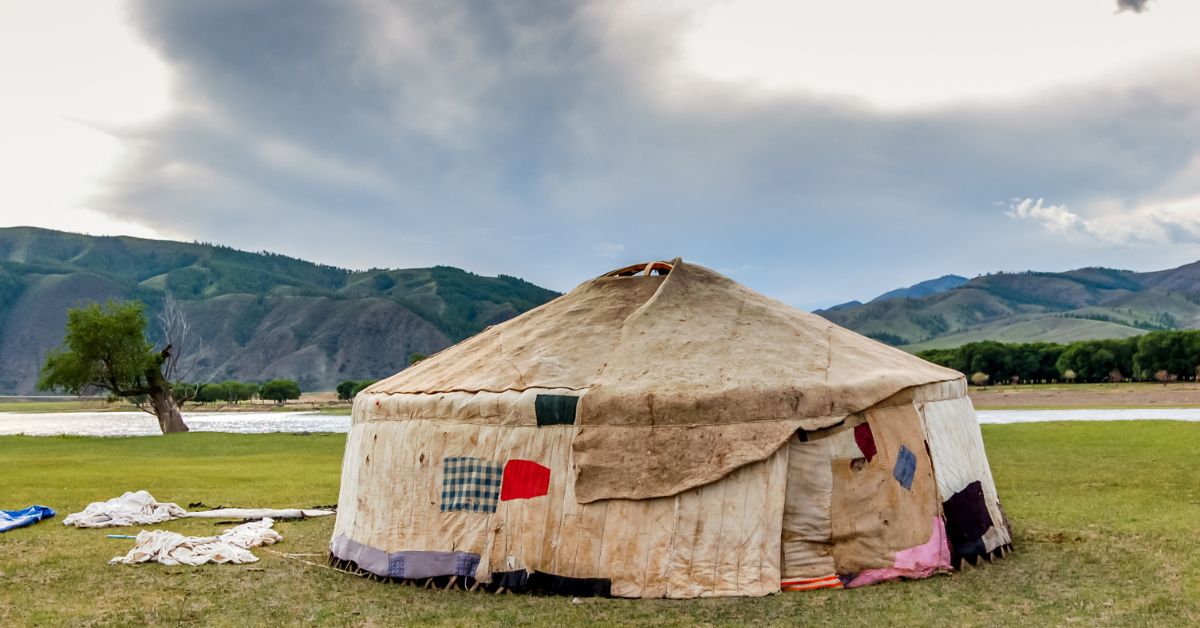
The Yurta Yurt:
A Functional Piece of ArtA yurta yurt isn’t just a round tent. It’s a combination of structure, engineering and craftsmanship. Let’s break it down:
- Base: Traditionally yurts were built on the ground. Modern yurtas often sit on wooden platforms, especially in Canada and Vermont, to protect from moisture and insulation.
- Lattice Walls: The expandable walls, made from wooden slats, form the circular base. These walls are strong and flexible.
- Pillars and Rafters: Vertical pillars support the rafters, which go to the roof‘s central ring or compression ring. The open center allows for natural light and ventilation.
- Canvas and Felt: The outer layers are canvas and felt covers, sometimes multiple layers, to keep the space warm and covered from elements. The importance of these covers is insulation and protection.
- Frame: The frame is usually made from wood, strong and natural materials.
The compact design makes it portable, yet surprisingly spacious inside.
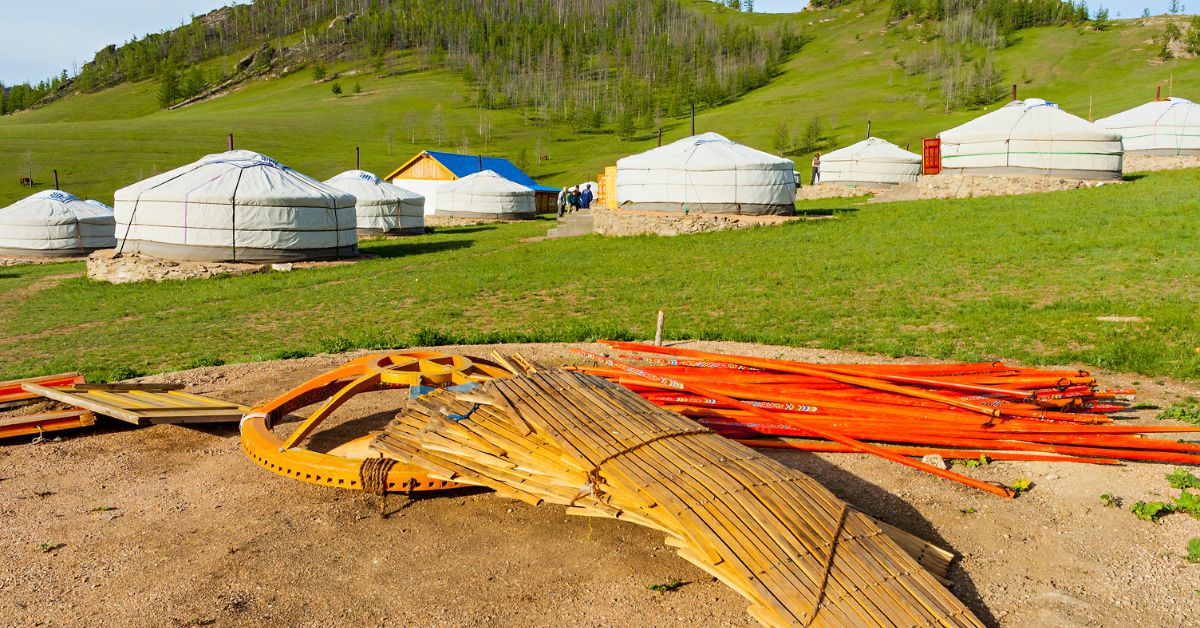
Handcrafted Yurts: The Art
Handcrafted yurts are a testament to the artistry and craftsmanship of traditional Mongolian yurt construction. Each yurt is carefully made from natural materials, wood, felt and canvas, using techniques passed down through generations.
The conical roof and lattice walls of a traditional yurt provides strength and stability, while the thick felt insulation keeps the inside warm in cold climates and cool in dry summers.
The attention to detail and quality of materials used in handcrafted yurts ensures a durable and long lasting structure that can withstand any weather condition.
The craftsmanship in the construction s evident in every part, from the joinery of the wood frame to the natural dyes used in the felt linings.
In Europe and North America, handcrafted yurts with their unique walls are often seen as a unique and eco-friendly alternative to traditional housing, a chance to connect with nature and experience the simplicity of traditional nomadic cultures.
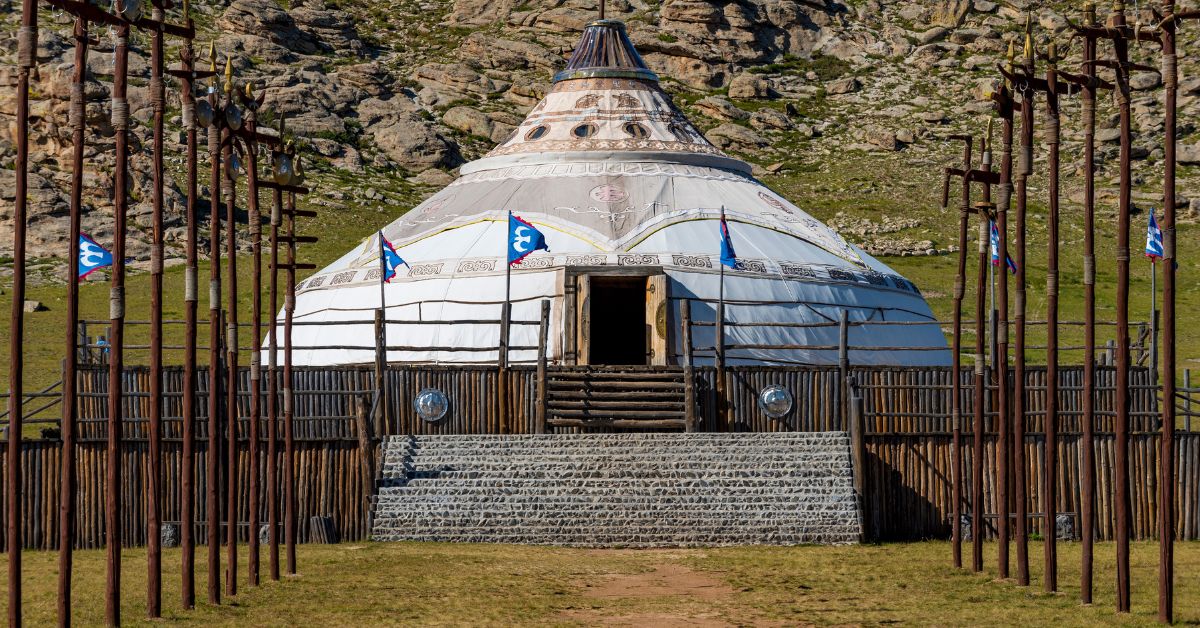
Past Meets Present:
Traditional & ModernToday’s modern yurts are built on centuries of tradition. Using modern materials like engineered wood, treated fabrics and reinforced structures, yurta yurts are more durable and versatile than ever.
Want electricity? Solar-powered yurts are the eco-friendly solution. Need plumbing? Many yurts now have bathrooms, kitchens and full insulation. Want to work from nature? People are turning yurts into offices, yoga studios and artist retreats.
Mongolian yurts have gone global. From backyards in Canada to resorts in the U.S., yurts are praised for their simpllicity, affordability and timeless design.
Why Mongolian Yurts Still Reign Supreme
Although yurts have traveled far beyond Mongolia, nothing beats the authenticity of a Mongolian ger. These handcrafted yurts reflect centuries of craftsmanship, from the joinery of wood frames to the natural dyes of the felt linings.
In rural Mongolia, Mongolians live in gers year-round, in the harshest climate on Earth. Their secret? Thick felt, inner walls layered for maximum insulation and a centrally located stove for heating and cooking.
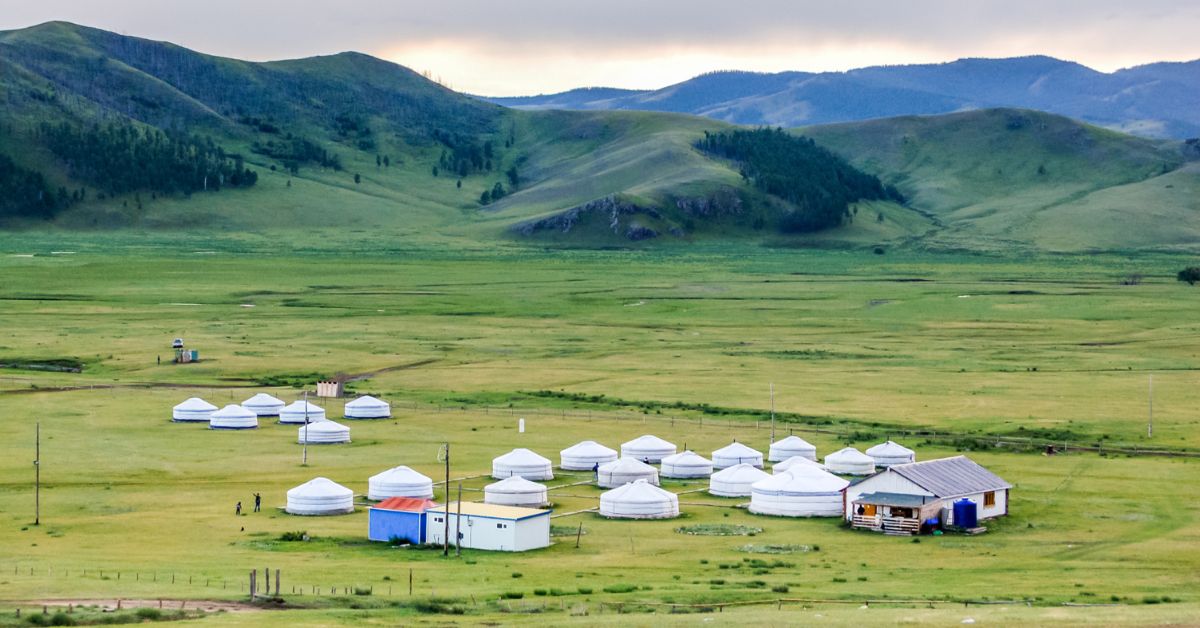
Yurta Yurt as a Permanent Dwelling
As more people go off-grid or look for affordable housing options, the yurta yurt is gaining attention as a permanent or semi-permanent dwelling. It’s not only charming but functional, cost-effective and sustainable.
You can now find large yurts with outdoor features like a deck :
- Bedrooms and lofts
- Separate dining and living space
- Running water and electricity
- Custom furniture
- Decorative décor inspired by Mongolian art
The round shape of the yurt encourages a centered, intentional lifestyle.
From Steppes to Studios:
Global Yurt ReachYurts go beyond their nomadic roots. In the U.S., you’ll find yurts as glamping accommodations, off-grid houses and forest retreats. In Canada, they’re used as ski lodges. In Europe, artists use them as creative spaces or writing dens.
Yurts are popular as camping accommodations in various sites, including parks across the United States and Europe.
In other countries, yurts are now being used for:
- Workshops and group retreats
- Eco-resorts in national parks
- Pop-up events
- Private yoga studios
- Airbnb rentals
The ability to create a peaceful space that blends with nature is part of the yurta yurt’s magic.
Construction and Setup: A Work of Intentional Simplicity
Setting up a yurta isn’t like building a typical house. It’s faster, often taking a day or two with a small team. Many modern yurts come in kits, with:
- Pre-cut wood frames
- Custom-fit canvas
- Insulation packages (including thick felt layers)
- Roof flashing for the stove
- Setup guides or even professional assembly
The site is cleared and leveled, the platform is installed and then the walls, rafters and roof are assembled. The result is a cozy, weather-ready structure that feels both modern and ancient.
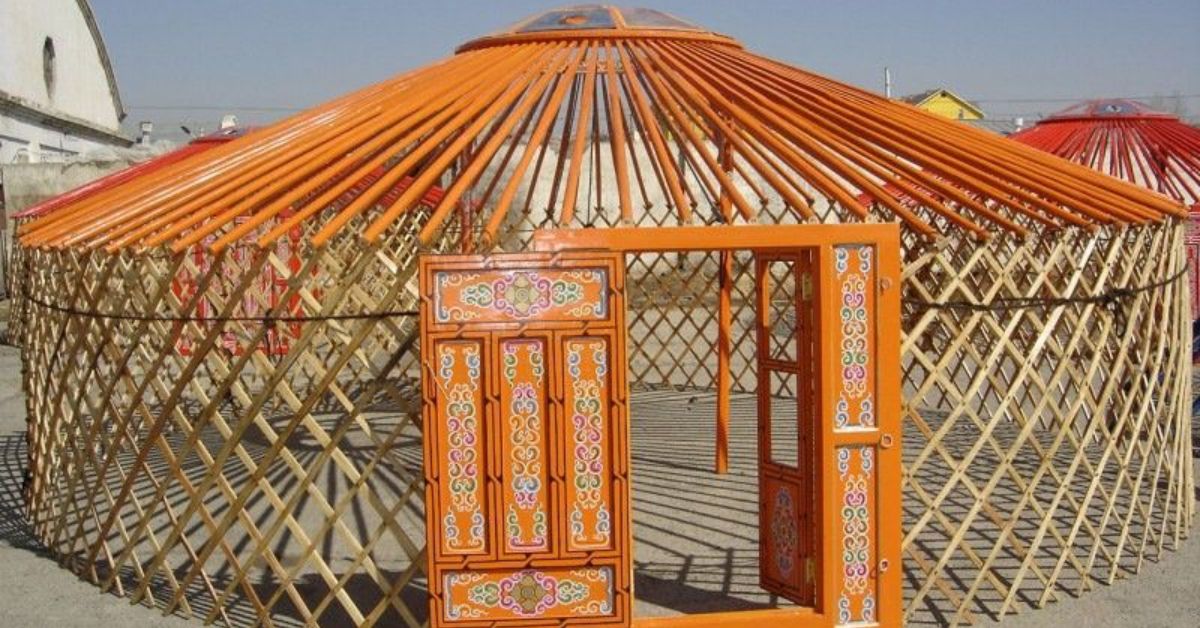
Why Choose a Yurta Yurt?
If you’re thinking of building or buying a yurt, here are some of the key features that make the yurta yurt special, including a deck :
| Feature | Why It Matters |
|---|---|
| Craftsmanship | Traditional and handcrafted with quality and durability |
| Structure | Circular frame, walls, and roof built to last |
| Materials | Eco-friendly wood, felt, and canvas |
| Design | Compact design makes it portable and easy to assemble |
| Functionality | Great for permanent, seasonal, or recreational use |
| Cultural Value | Deep roots in Mongolian and Central Asian history |
| Affordability | Less expensive than conventional homes |
| Versatility | Can be used as a house, retreat, studio, or guest dwelling |
| Space Optimization | Large yurts can feature a second floor or cupola near the crown |
The Yurta Today: Blending Cultures and Ideas
Today’s yurta is more than a shelter—it’s a form of expression. Designers and homeowners are customizing yurts with artistic decoration, high-end interiors and even smart home integrations.
Interestingly, the word ‘yurt’ may have originated from the Old Turkic verb ‘ur’, which highlights its historical linguistic evolution and broader significance related to dwelling and homeland.
From the open land of the Gobi to the forests of Vermont, the yurta is about living simply, closer to nature and more in tune with the earth’s rhythms.
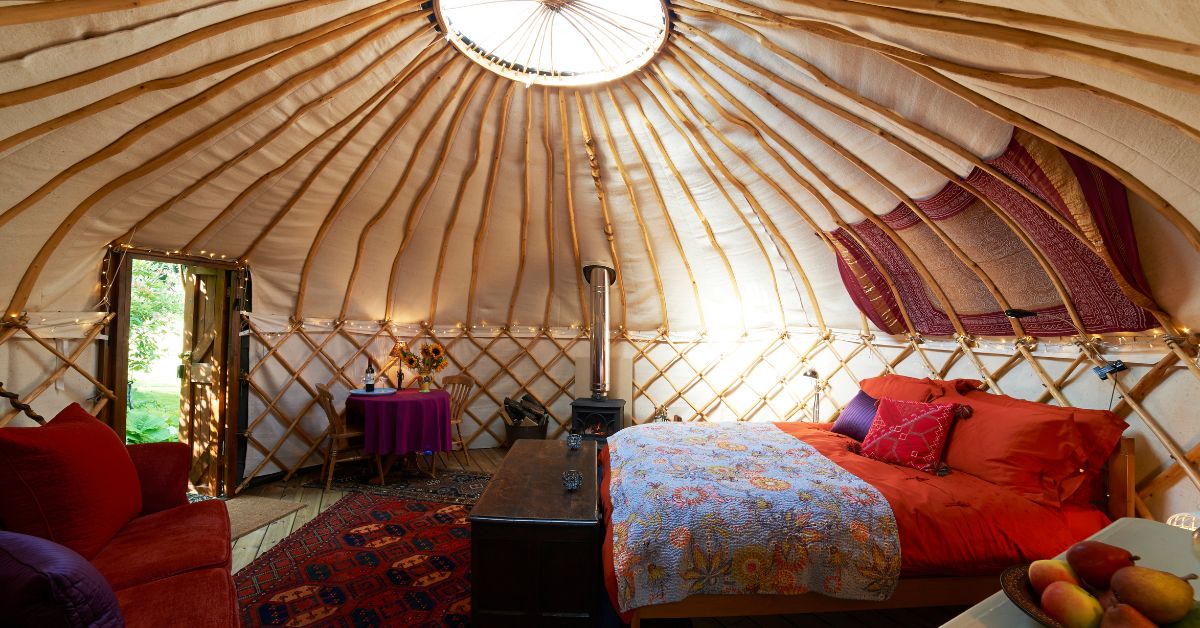
Conclusion: The Word is Spreading
The yurta yurt isn’t just a trend. It’s a revival of an old idea—living light, respecting the land and simplicity without sacrificing quality. As people re-think housing in the face of climate change, economic uncertainty and urban crowding, yurts offer a solution rooted in both tradition and innovation.
Whether you’re a minimalist, off-grid enthusiast or just someone looking to reconnect with nature, a yurta yurt might just be the warm, round, functional home you didn’t know you were looking for.
Ready to create your own yurt life? Look through photos, visit Mongolia or even try a weekend in a Mongolian ger. Who knows? You might just fall in love with the yurt—again.
If you would like to experience more about Mongolian yurts, check the following links:
- Yurt Winter Living: A Cozy Retreat in the Cold
- The Essential Parts of a Yurt: A Guide
- Yurt Size: How to Choose the Perfect Fit for Comfort, Function, and Style
- What Is Inside In A Yurt: A Look At Mongolian Yurts
- What is Yurt the Most Beneficial 6 Aspects
- Traditional Mongolian Yurt used for Sale
- Yurt Interior Design: A Cozy Fusion of Simplicity and Style
- Yurts Prices: The Complete Guide to How Much a Yurt Costs to Buy and Build
- Best Yurt Bed for 2025
